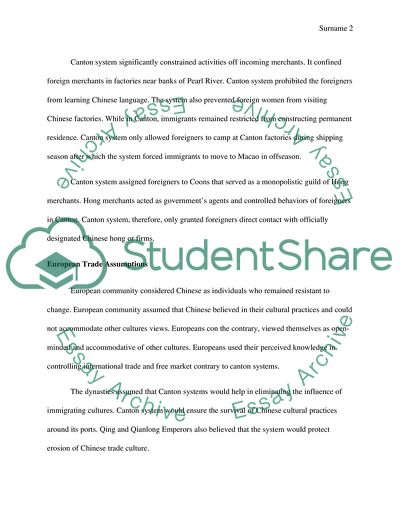Chinese history: from the late ming to qianlong Essay. Retrieved from https://studentshare.org/history/1658828-chinese-history-from-the-late-ming-to-qianlong
Chinese History: From the Late Ming to Qianlong Essay. https://studentshare.org/history/1658828-chinese-history-from-the-late-ming-to-qianlong.


